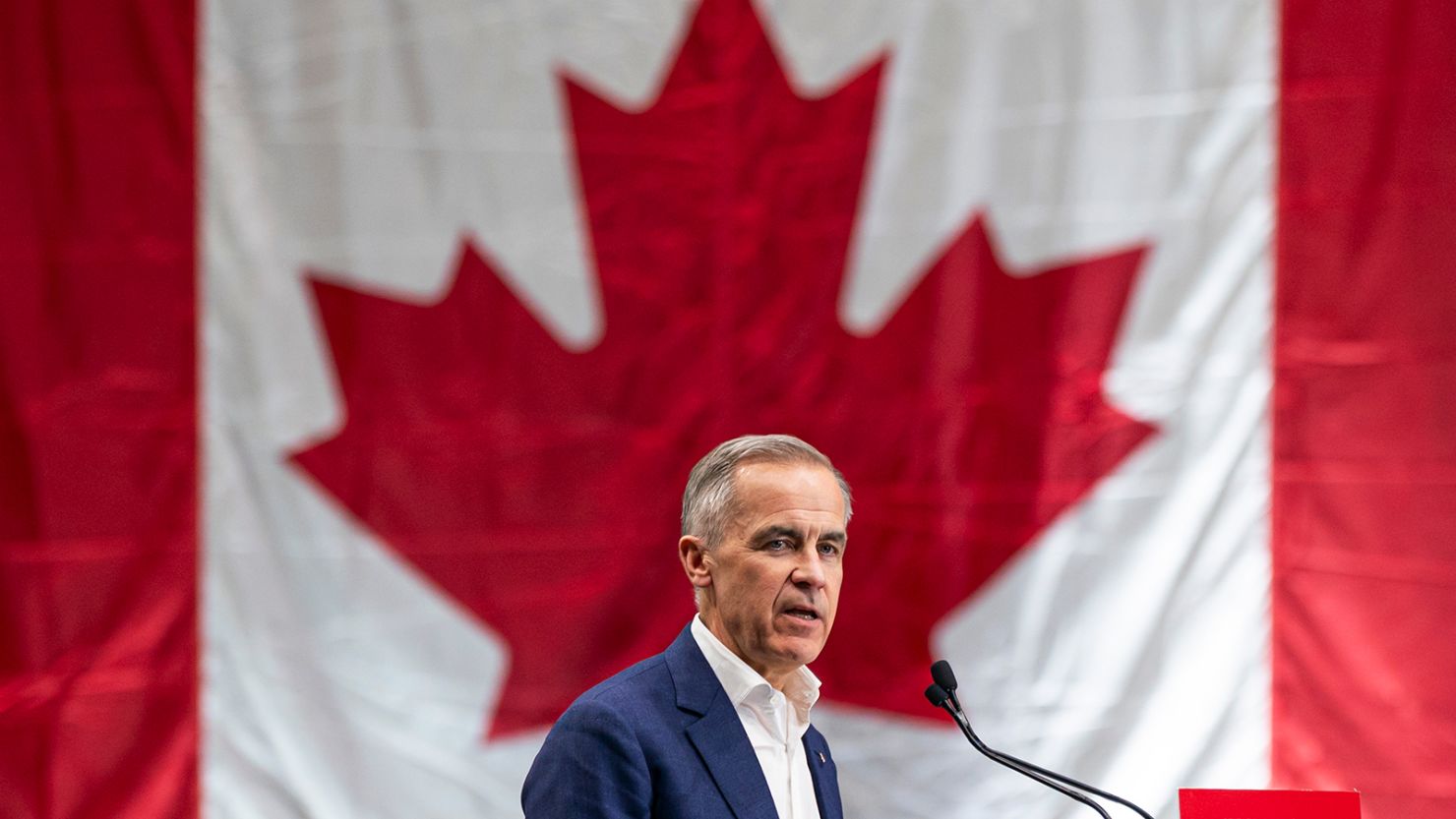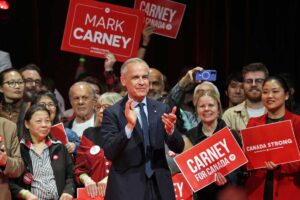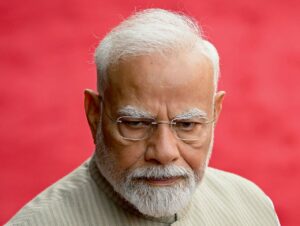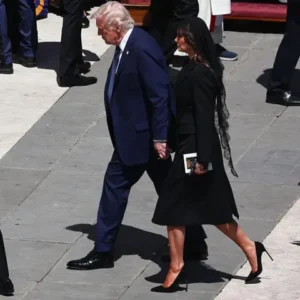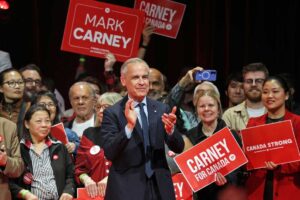Canada’s 2025 Election Results: Mark Carney Leads Liberals to Victory
As the last ballots were counted across Canada’s vast electoral districts, the nation awoke to a new political reality. The 2025 federal election, one of the most closely watched in recent memory, has resulted in a decisive victory for Mark Carney’s Liberal Party, securing an unprecedented fourth consecutive term for the center-left political force. The election, which saw record turnout in several provinces, unfolded against the backdrop of economic uncertainty and shifting geopolitical alliances that have redefined North American politics in the post-pandemic era.
A Campaign Like No Other
The road to election day was paved with unexpected twists that kept political analysts on their toes. When Justin Trudeau announced he would not seek re-election after nearly a decade as Liberal leader and Prime Minister, many wondered if the party could maintain its dominance. The selection of former Bank of Canada and Bank of England governor Mark Carney as the new Liberal standard-bearer brought both technocratic credibility and fresh energy to the campaign. His opponent, Conservative leader Pierre Poilievre, ran on a platform of fiscal restraint and energy sector expansion, creating one of the most ideologically distinct choices in Canadian electoral history.
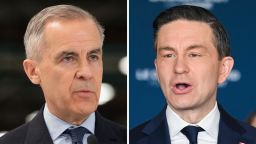
The road to election day was paved with unexpected twists that kept political an…
The campaign trail revealed a nation deeply engaged with its democratic process. Town hall meetings from St. John’s to Victoria saw unprecedented attendance, while advance polling stations reported lines stretching around city blocks. Issues like climate policy, healthcare funding, and Canada’s relationship with an increasingly unpredictable United States dominated debates. Particularly noteworthy was how Canadian voters responded to controversial statements from south of the border, with many seeing the election as a referendum on maintaining Canadian values in the face of external pressures.
Election Night Drama
As polls closed across the country’s six time zones, television networks began projecting a Liberal victory within minutes of counting beginning in Atlantic Canada. The early results showed the Liberals outperforming expectations in traditional Conservative strongholds like Alberta, while maintaining their urban strongholds in Toronto, Montreal and Vancouver. By midnight Eastern Time, it became clear that Carney’s message of economic stability combined with progressive social policies had resonated with a broad coalition of voters.
The Conservatives, while making gains in some rural areas, failed to break through in the suburban ridings that had been key to their victory strategy. Poilievre’s concession speech struck a gracious tone, though he vowed to hold the new government accountable on fiscal matters. The NDP under Jagmeet Singh maintained its position as kingmaker in what appears to be another minority parliament, though with slightly reduced seat count from 2021. The Bloc Québécois saw modest gains in Quebec, while the Green Party managed to hold onto its two seats despite an organizational crisis earlier in the campaign.
What Carney’s Victory Means
The incoming Prime Minister brings a unique resume to the highest office in the land. As the only person to have led both the Bank of Canada and the Bank of England, Carney’s international financial experience is unmatched among G7 leaders. His campaign successfully framed this background as essential for navigating turbulent global markets and renegotiating key trade agreements. Domestically, he has promised to accelerate Canada’s green energy transition while protecting workers in traditional industries – a delicate balancing act that will define his early months in office.
Perhaps most significantly, Carney’s victory represents continuity in Canada’s approach to climate policy, healthcare expansion, and multilateral engagement. This stands in contrast to the more nationalist, resource-focused vision offered by his Conservative opponent. International observers have noted that the result likely means Canada will maintain its current course on issues like carbon pricing and immigration, though with potentially more emphasis on financial sector regulation given Carney’s background.
Regional Breakdown and Surprises
The electoral map reveals several fascinating regional stories. In Ontario, the Liberals swept the Greater Toronto Area while making unexpected inroads into traditionally blue regions like Durham and York-Simcoe. Quebec saw the Bloc regain some ground lost in 2021, though not enough to prevent Liberal dominance in Montreal and its suburbs. The prairie provinces remained Conservative strongholds, though Edmonton unexpectedly elected two Liberal MPs for the first time in over a decade.
British Columbia’s results were perhaps the most unpredictable, with close three-way races in several ridings ultimately splitting between Liberals and Conservatives. The NDP held most of its Vancouver Island seats but lost ground in the mainland interior. Atlantic Canada remained solidly Liberal, though with tighter margins in New Brunswick than previous elections. Territorial results maintained the status quo, with the Liberals holding Yukon and Northwest Territories while Conservatives kept Nunavut.
International Implications
World leaders were quick to congratulate Carney, with many noting his unique understanding of global financial systems. European Commission President Ursula von der Leyen called the result ‘reassuring for transatlantic relations,’ while Japan’s Prime Minister highlighted Carney’s work on climate finance. The reaction from Washington was more measured, though President Harris released a statement emphasizing the importance of the U.S.-Canada relationship.
Analysts suggest Carney’s victory provides stability in North American politics at a time when the United States is entering its own contentious election cycle. Canada’s consistent support for international institutions like NATO and the WTO under Liberal governments contrasts with more transactional approaches seen elsewhere. How Carney navigates relationships with both the U.S. administration and various state governments will be crucial, particularly on issues like energy exports and border security.
Looking Ahead
As the transition process begins, Canadians are reflecting on what this election says about their nation’s direction. The Liberal victory suggests a preference for experienced, steady leadership during uncertain times, though with clear expectations for progress on affordability and healthcare. Carney’s challenge will be translating campaign rhetoric into tangible results while managing a minority parliament where compromise will be essential.
The new Prime Minister-designate has already announced his first priorities: assembling a cabinet that blends experience with fresh perspectives, addressing immediate cost-of-living concerns, and preparing for upcoming international summits. With the election over but the real work just beginning, Canadians appear ready to give their unusual choice of leader a chance to prove that economic expertise can translate into effective governance.

